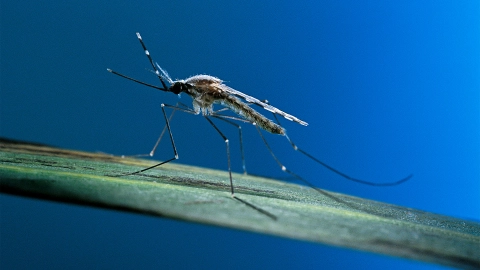ICD-Code P37.4: Other congenital malaria
The mother being ill with malaria during the time around the birth has caused damage to health.
Malaria is caused by certain pathogens. These pathogens are protozoa and they mainly accumulate in the red blood cells. This damages the red blood cells, and they may burst. If the red blood cells burst, the pathogens are distributed to the entire body via the blood.
Blood is made up of a liquid part and different blood cells, among other things. The blood cells include the red blood cells, the white blood cells and the platelets. The red blood cells carry oxygen from the lungs throughout the body. Red blood cells contain the red hemoglobin that gives blood its color. This pigment is important for carrying oxygen in the blood.
If the mother has malaria while pregnant or during the birth, the child’s health can be damaged. For example, the pathogens can prevent the placenta from working properly. The placenta forms in the mother’s womb during pregnancy. The placenta consists of cells from the mother and cells from the unborn child. The umbilical cord connects the child to the placenta. The child is supplied with nutrients and oxygen from the mother’s blood via the placenta.
If the placenta does not work properly the child may not get enough nutrients and oxygen. When it is born, the child may then be smaller and lighter than usual. If there are problems with the placenta, premature birth may result.
In certain cases, the child may also be infected by pathogens while in the womb or during the birth. The child can then get a fever. The spleen in the top right of the abdomen may also be enlarged. Anemia may also occur. With anemia, you have too little hemoglobin. If you have too little hemoglobin the tissue in the body may have an inadequate supply of oxygen. If the child is infected by pathogens, diarrhea may result.
Additional indicator
On medical documents, the ICD code is often appended by letters that indicate the diagnostic certainty or the affected side of the body.
- G: Confirmed diagnosis
- V: Tentative diagnosis
- Z: Condition after
- A: Excluded diagnosis
- L: Left
- R: Right
- B: Both sides
Further information
Source
Provided by the non-profit organization “Was hab’ ich?” gemeinnützige GmbH on behalf of the Federal Ministry of Health (BMG).

